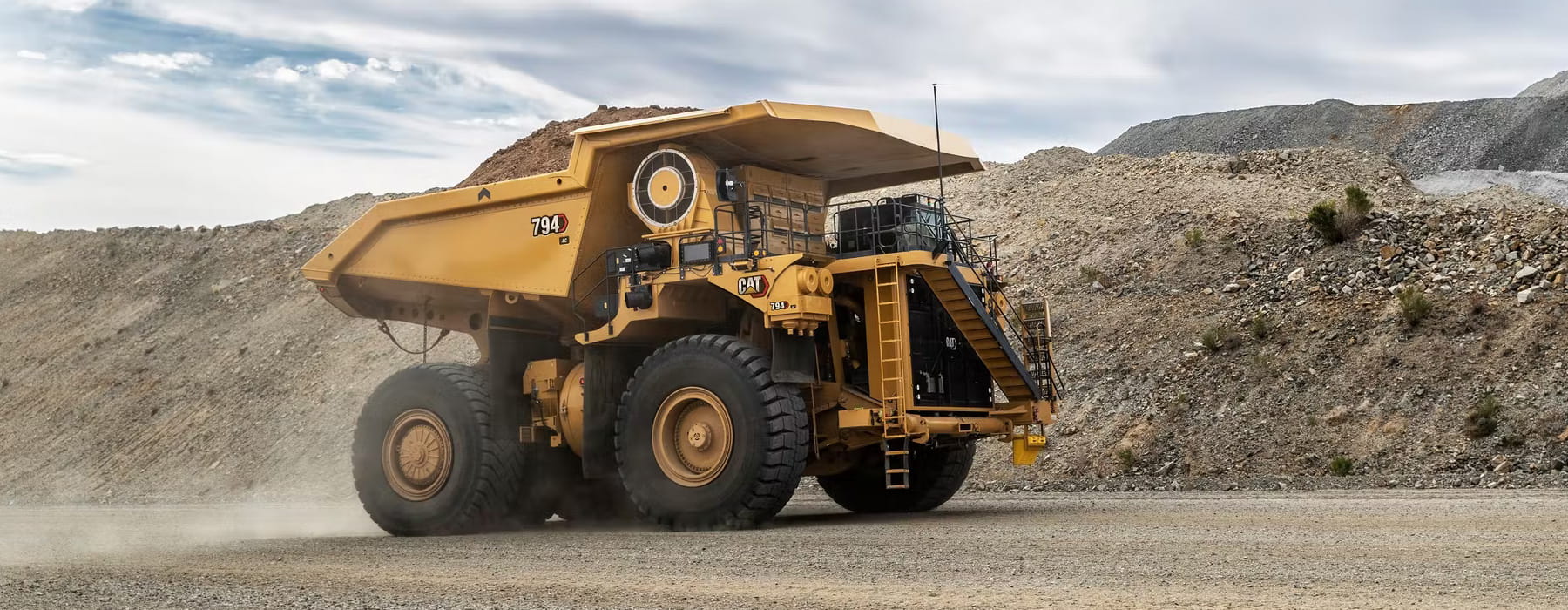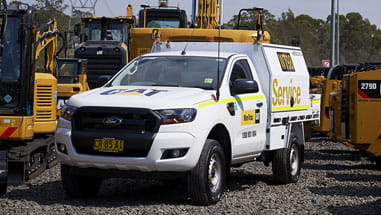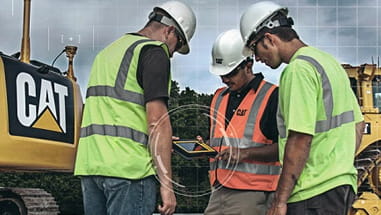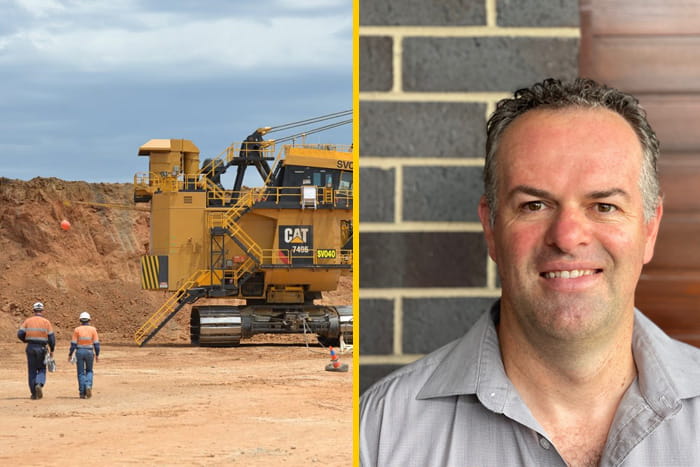
Mining methods explained
Ever wondered what the key differences between underground mining and surface mining are? Or heard the terms “placer mining”, “strip mining”, or “in situ mining” and not known quite what they meant? With the range of differing methods depending on geography, geology and commodity, a little background knowledge can go a long way – especially when it comes to purchasing the right equipment for the job.













